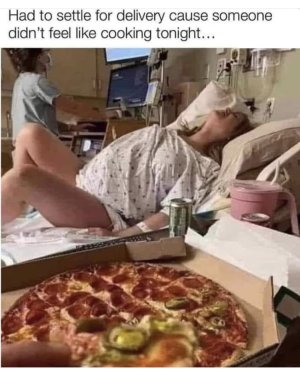You are using an out of date browser. It may not display this or other websites correctly.
You should upgrade or use an alternative browser.
You should upgrade or use an alternative browser.
Humorous picture thread
- Thread starter john s
- Start date
RXN
Active VIP Member
snopro
Active VIP Member
smokinD
Active VIP Member

smokinD
Active VIP Member

smokinD
Active VIP Member

I think its meant to be more as an aid rather than primary source of propulsion.
If ship's travel at (just a guess) 20 knots and there is sufficient wind to overcome that, if a sail capable of 2 knots on those big ships, the engines would only require the energy for 18 knots and let the sail do the rest where appropriate. Could be a huge fuel savings.
I'm a naval architect by trade, own and operate boats, family has lengthy maritime history ....Horizon Arctic - offshore support that just located the Titan sub - is currently docked in front of my house loading chain.
There's a couple of routes - one way - where winds are consistent enough to maybe offset / assist propulsion to a small degree but it's mostly window dressing. You'll need vessels dedicated to those routes only which become costly too. Reducing emissions in marine is a much more difficult matter mostly because it's currently the most cost effective/ efficient way to move goods - far cheaper than truck or rail - on a manageable time frame. Delays are expensive and have a knock on effect in cargo facilities.
One of the biggest hurdles for marine is that there's no great regenerative opportunities...takes power to start moving and takes power to slow / stop unlike wheeled road vehicles or trains.
Most likely ship ops will continue to be conventional power for quite a while with more elaborate exhaust scrubbers and cleaner fuel requirements with a whole lot of gimmicks on the side. Wing spars being most probable candidate.
Better antifouling and "slippery" bottom coating advancements will likely contribute the most gains.
Sent from my motorola edge plus using Tapatalk
smokinD
Active VIP Member

smokinD
Active VIP Member












